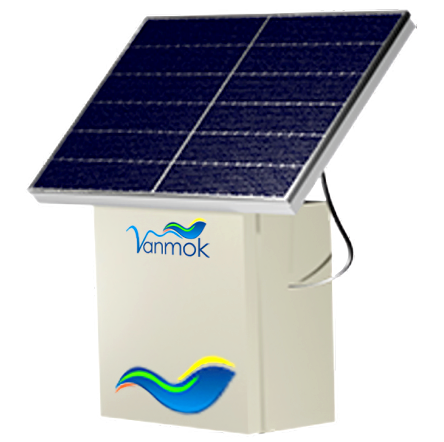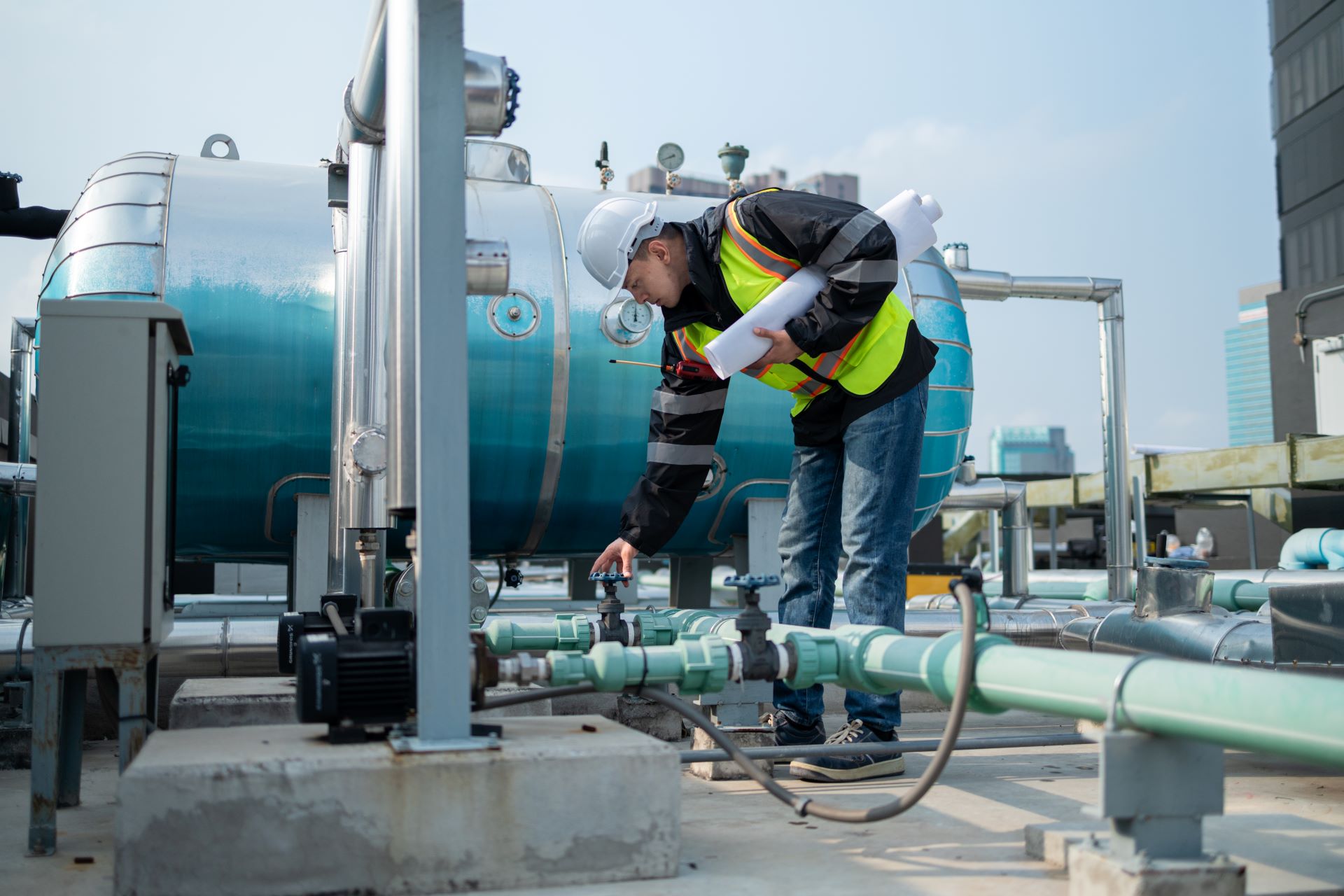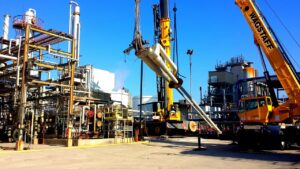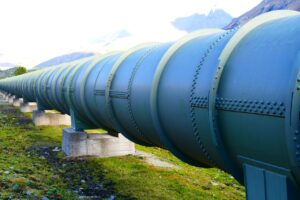Pipeline integrity is more important than ever in 2024. With the growing demand for oil and gas, ensuring that pipelines operate safely and efficiently is critical. Early leak detection plays a vital role in maintaining the integrity of pipelines. It helps prevent environmental disasters and reduces financial losses.
When leaks are detected early, operators can respond quickly, minimizing damage and disruption. This not only protects the environment but also saves money by avoiding costly repairs and downtime. Quick response times are essential in preventing disasters that could result from undetected leaks. Advanced technologies like Computational Pipeline Monitoring (CPM) systems and Real-Time Transient Model (RTTM) techniques make early leak detection more effective than ever.
By understanding the importance of early leak detection and the technologies driving it, we can ensure safer and more efficient pipeline management. This leads to a more sustainable future for both the industry and the environment.
The Importance of Early Leak Detection in 2024
Early leak detection is crucial for maintaining the integrity of oil and gas pipelines. Detecting leaks at an early stage can prevent small issues from escalating into major problems. When a leak is identified quickly, it allows for immediate intervention, reducing the risk of severe damage to the pipeline infrastructure. This is particularly important in 2024, as pipelines are under increasing scrutiny for safety and environmental impact.
Environmental safety is another critical reason for early leak detection. Leaks can spill hazardous materials into the environment, causing significant ecological harm. Immediate detection helps contain the leak swiftly, minimizing the environmental footprint. Besides environmental concerns, there are financial implications, too. Pipeline leaks can lead to expensive repairs, legal fines, and operational downtime. Quick response times facilitated by early detection can prevent these costly scenarios, ensuring a smoother, more profitable operation.
Key Technologies Driving Early Leak Detection
One of the key technologies driving early leak detection is Computational Pipeline Monitoring (CPM) systems. CPM systems utilize advanced algorithms to continuously analyze pipeline data, looking for inconsistencies that may indicate a leak. These systems monitor various parameters, such as pressure and flow rates, and compare them to expected values. By identifying anomalies in real time, CPM systems enable quick detection and response, improving overall pipeline safety.
The Real-Time Transient Model (RTTM) is one of the methods in CPM which is a crucial technology for leak detection. RTTM techniques account for both steady-state and transient conditions in pipelines. This makes them highly effective in identifying leaks under varying operational states. Using advanced software for monitoring these technologies not only enhances accuracy but also offers proactive insights, helping operators prevent leaks before they occur.
With these technologies, the pipeline industry is better equipped to handle the challenges of leak detection. They provide more accurate, real-time data, ensuring that operators can maintain the integrity and safety of their pipelines efficiently.
Challenges and Solutions in Pipeline Leak Detection
Common issues like corrosion and pressure changes can make it difficult to maintain pipeline integrity. Corrosion weakens pipeline walls, making them prone to leaks, while pressure fluctuations can cause unexpected failures.
Modern technology offers solutions to these problems. Advanced leak detection systems like RTTM can identify irregularities and anomalies before they lead to significant issues. These systems provide continuous monitoring and real-time alerts, ensuring that operators can promptly address any detected risks. In real-world applications, these technologies have proven effective in preventing leaks and maintaining the operational efficiency of pipelines.
Future Trends in Leak Detection
Looking ahead, we can expect even more advancements in leak detection technology. Future trends will likely focus on enhancing the accuracy and speed of leak detection systems. Innovations such as machine learning and artificial intelligence could further improve the ability of CPM systems to predict and identify leaks.
Potential improvements in leak detection methods will also enhance pipeline safety and efficiency. As these technologies evolve, they will provide even better tools for protecting pipelines and preventing environmental damage. Enhanced detection methods will shape the future of pipeline management, making it safer, more efficient, and more environmentally friendly.
Conclusion
As we move forward in 2024, the importance of advanced leak detection technologies in safeguarding pipelines cannot be overstated. Early detection of potential leaks ensures the operational integrity of pipelines, minimizes environmental impact, and saves significant costs associated with repairs and downtime.
Advanced systems like real-time transient model techniques provide real-time, accurate monitoring that enhances pipeline safety. These technologies allow for quick responses to any detected anomalies, ensuring that potential issues are addressed before they escalate.
Investing in modern leak detection technologies is a crucial step towards safer and more efficient pipeline operations. At Vanmok, we specialize in providing state-of-the-art leak detection solutions tailored to meet the unique needs of various pipeline types. Our commitment to innovation and safety helps us support our clients in achieving their operational goals.
Visit Vanmok today to learn more about how our advanced pipeline leak detection technologies can protect your pipelines and ensure their seamless operation.













